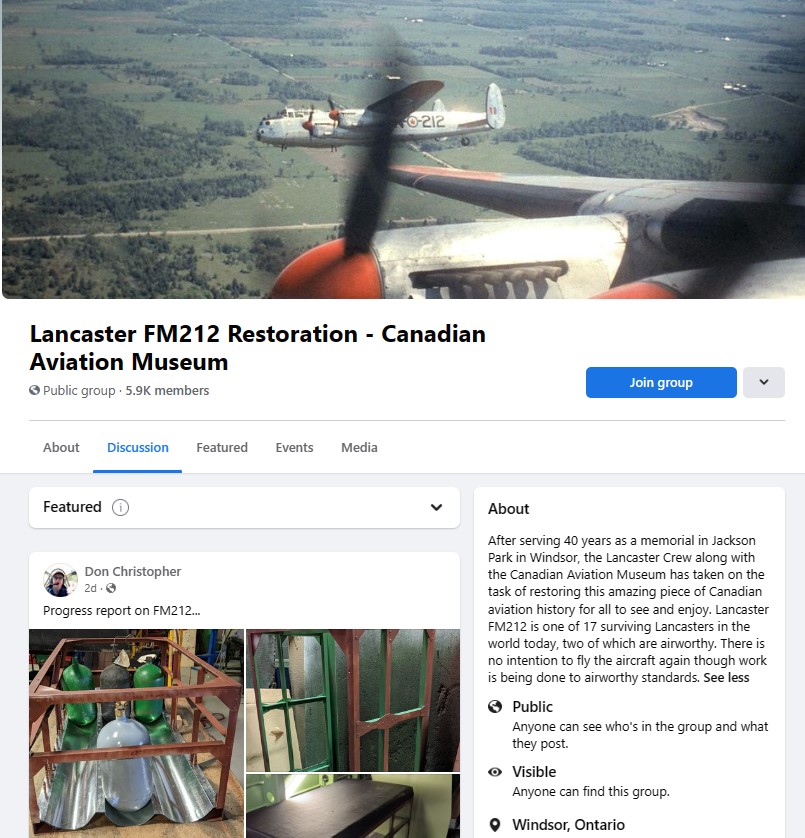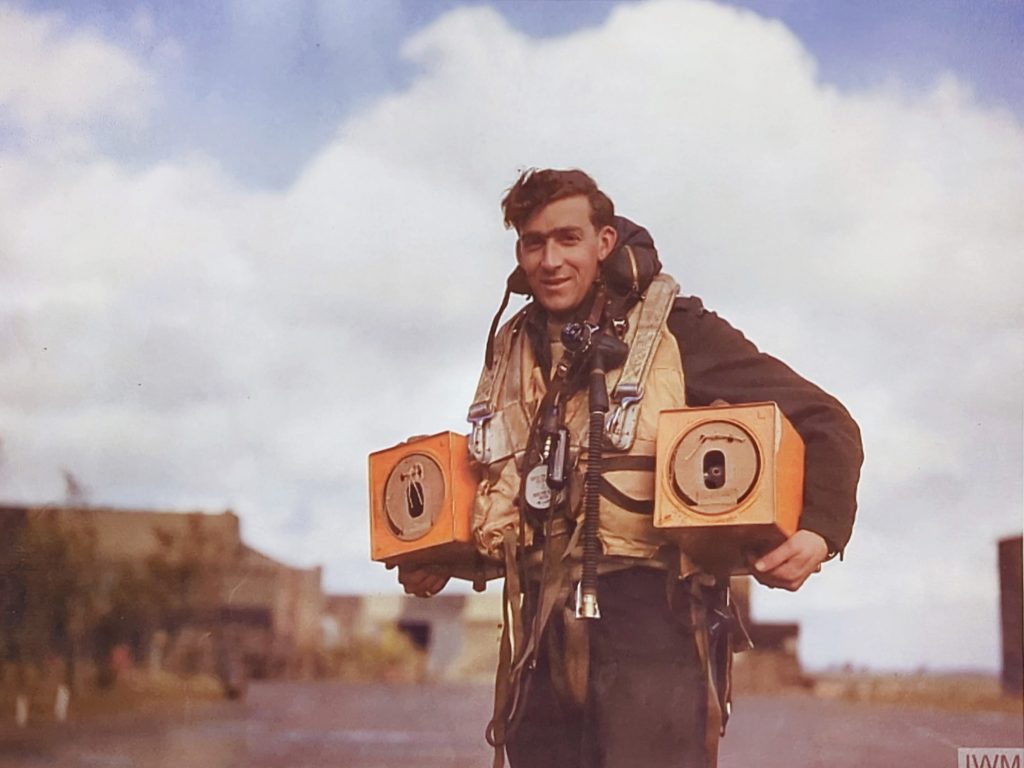AVRO LANCASTER (fm212)

Aircraft Details
- Serial Number: FM212
- Built: 1945 Malton, Ontario
- Crew: 7
- Length: 69 ft 4 in (21.11 m)
- Wingspan: 102 ft 0 in (31.09 m)
- Height: 20 ft 6 in (6.25 m
- Empty weight: 36,457 lb (16,571 kg)
- Gross Weight: 68,000 lb (30,909 kg)
- Max. takeoff weight: 72,000 lb (32,727 kg) with 22,000 lb (10,000 kg) bomb
- Engines: 4 Rolls-Royce Packard Merlin 224 engines. 1640 HP each (1222.95 kW)
- Fuel Capacity 2,154 Imperial gallons (9792.28 L)
- Maximum speed: 282 mph (454 km/h)
- Cruise speed: 200 mph (322 km/h)
- Range: 2,530 mi (4,073 km)
- Service ceiling: 21,400 ft (6,500 m)
- Rate of climb: 720 ft/min (3.7 m/s)
Lancaster FM212
- 430 built at Victory Aircraft Plant in Malton, Ont. (Site of Toronto’s Pearson Airport today)
- Cost…$250,000 dollars each in 1945 dollars
- Built mostly by women since men were off fighting war
- Lancaster FM212 came off the assembly line in July 1945 as a bomber, but never saw actual combat as hostilities in Germany had ended. If the war had continued, it would have been sent to Japan for bombing missions
- The only flying Lancaster in North America located at the Canadian Warplane Heritage Museum in Hamilton is FM213 – which means it came off of the assembly line immediately after ours (FM212).
- Was the first Lanc converted to MkX P for photo map making.
- Spent most of its service life mapping the Canadian Arctic as the Cold War missile threat increased.
- Also involved in Maritime patrol and Search and Rescue. Of all Lancaster’s built, FM212 is the flight time record holder, retired in 1962 with 8069.5 hrs. logged.
- Purchased by City of Windsor in 1964 for $1250 to serve as a memorial
- Installed on plinth in Jackson Park Jan. 1965 where it stood for 40 years.
- Removed from plinth May 26, 2005 and put in storage for 1 years as volunteers from the Canadian Historical Aircraft Association began restoration work.
- Moved to CAM in Summer 2006 for extensive restoration to proper aviation standards.(flight)
- Being restored to wartime configuration circa 1945 by CAM volunteers.
General Aircraft Description
The Avro Lancaster was a British four-engine heavy bomber, designed and built by A.V. Roe and Company (Avro) for the Royal Air Force (RAF). It first saw active service with RAF Bomber Command in 1942 and, as the bombing offensive over Europe gathered momentum, it became the main heavy bomber used by the RAF, the RCAF, and squadrons from other Commonwealth and European countries serving within the RAF. The “Lanc”, as it was affectionately known, ultimately became the most famous and most successful of the Second World War night bombers.
Of the many variants of this versatile aircraft that were used, only the Lancaster B Mark X, manufactured by Victory Aircraft in Malton, Ontario was produced in significant numbers in Canada. A total of 430 of this type were built. A total of 7,377 Lancaster bombers of all marks were built throughout the duration of the war, each at a 1943 cost of £45-50,000. Today, only 17 remain in the world and only two of those are currently flying. Ten of the remaining Lancasters are Canadian-built Mark X models.
Lancaster FM212 Operational History
FM212, one of 430 Lancaster Bombers produced in Canada, was built in July 1945 by Victory Aircraft in Malton (Toronto). There were 7,377 Lancasters built during the war with over 3,932 lost due to combat and accidents. Produced too late to see wartime service, FM212 was test flown then placed in storage. It was later modified to become the first Canadian-built Mark 10P (photographic) prototype.
It was taken on strength by 413 Photo Squadron RCAF in 1947 before being transferred to 408 Squadron at Rockcliffe (Ottawa) in 1949 where it performed a variety of roles including photo-mapping, reconnaissance, search & rescue, ice patrol, aircrew training and navigation exercises, etc. The photo-mapping was its predominant role however, and it utilized the new Shoran technology to accurately photograph the high Arctic areas to produce maps.
FM212 logged 8,069.5 hours before being retired in 1962. It is among the highest time Lancasters in the world. With public concern growing about the scrapping of the last Lancaster Bombers and the need for a local Memorial, a “Lancaster for Windsor” committee was formed headed by Wing Commander Joseph Mencel, and included many members of the Air Force Club of Windsor. As a result of their efforts, FM212 was purchased as a memorial by the City of Windsor for $1,250 in 1964. It was sent by barge from Dunnville, Ontario to Dieppe Park Gardens in August of that same year.
Upon arrival at Dieppe Park, the aircraft was placed on temporary display and remained there through the autumn of 1964. Public tours were conducted for $ .50 cents per person. The money raised was used to pay for construction of the pedestal and other associated costs. It was towed to Jackson Park in February 1965 and installed on the pedestal soon afterwards. On July 4, 1965 it was dedicated to the approximately 400 airmen from this area who died in WWII.
Beginning in 1995, periodic inspections were carried out by an aeronautical engineering firm, which identified several areas of concern about the aircraft’s structure. It is also commonly recognized that a general deterioration of the aircraft as a whole has occurred over the years due to weather and wildlife. FM212 was removed from the pedestal on May 26, 2005 and put in storage for two years as restoration work began. It was moved to the CH2A hangar in the summer of 2006 for extensive restoration to proper aviation standards.
Out of the 7,377 Lancaster aircraft built worldwide, only seventeen still exist, eight of which are in Canada, including Windsor’s Lancaster FM212 (sister to FM213, the only flying Lancaster in North America, based in Hamilton). Only one other Lancaster, located in Great Britain, remains in flight condition.
We are now in the process of restoring this historic monument to honour our veterans.
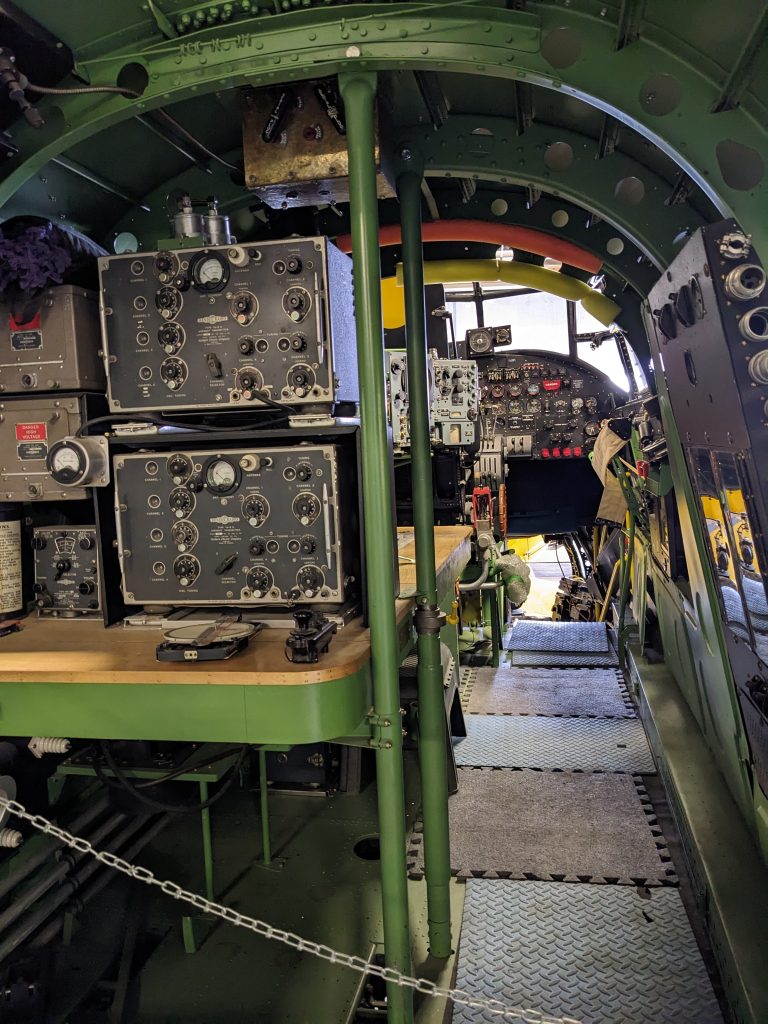 Looking Forward
Looking Forward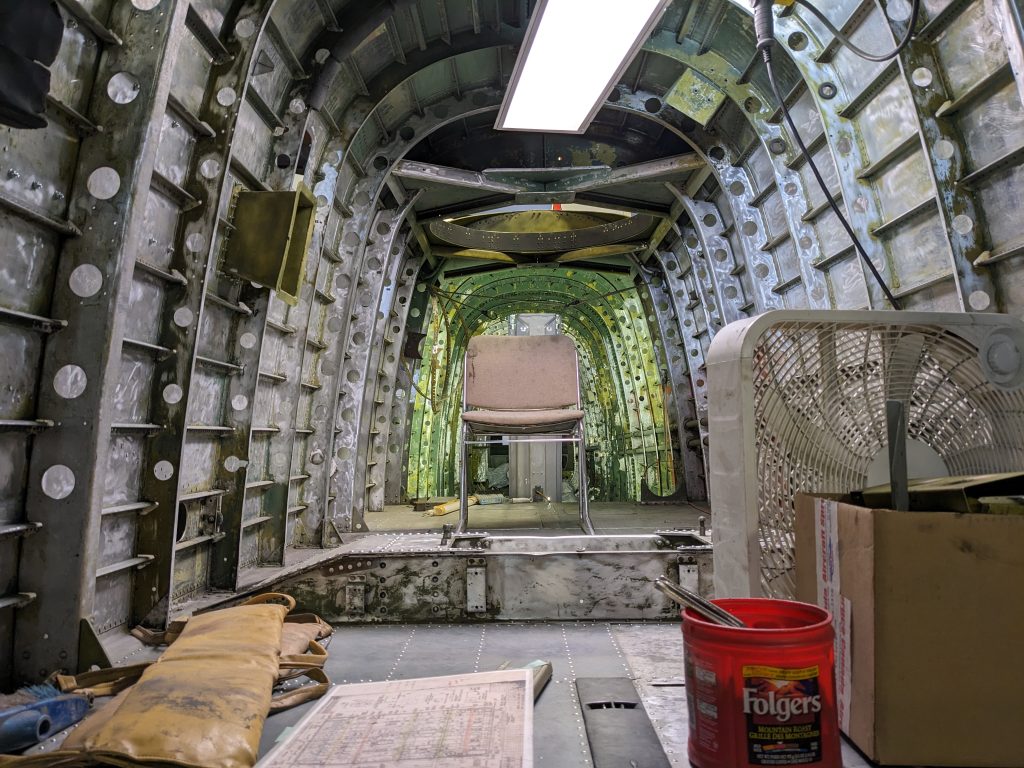 Aft Fuselate
Aft Fuselate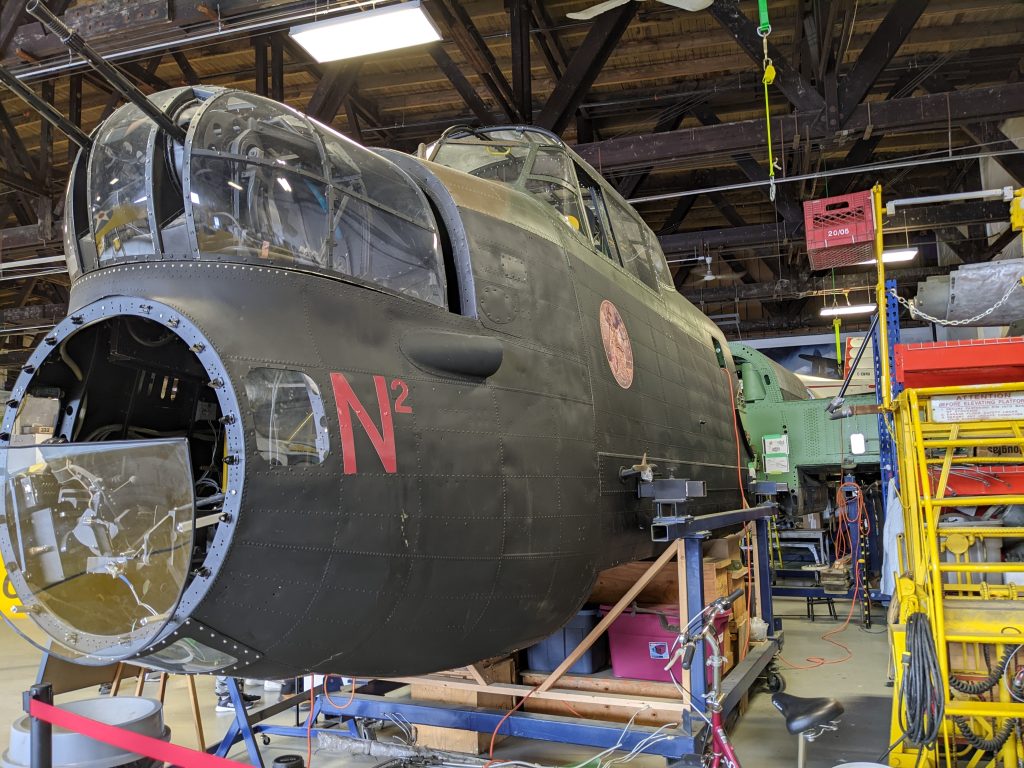 Cockpit Exterior
Cockpit Exterior Starboard Exterior
Starboard Exterior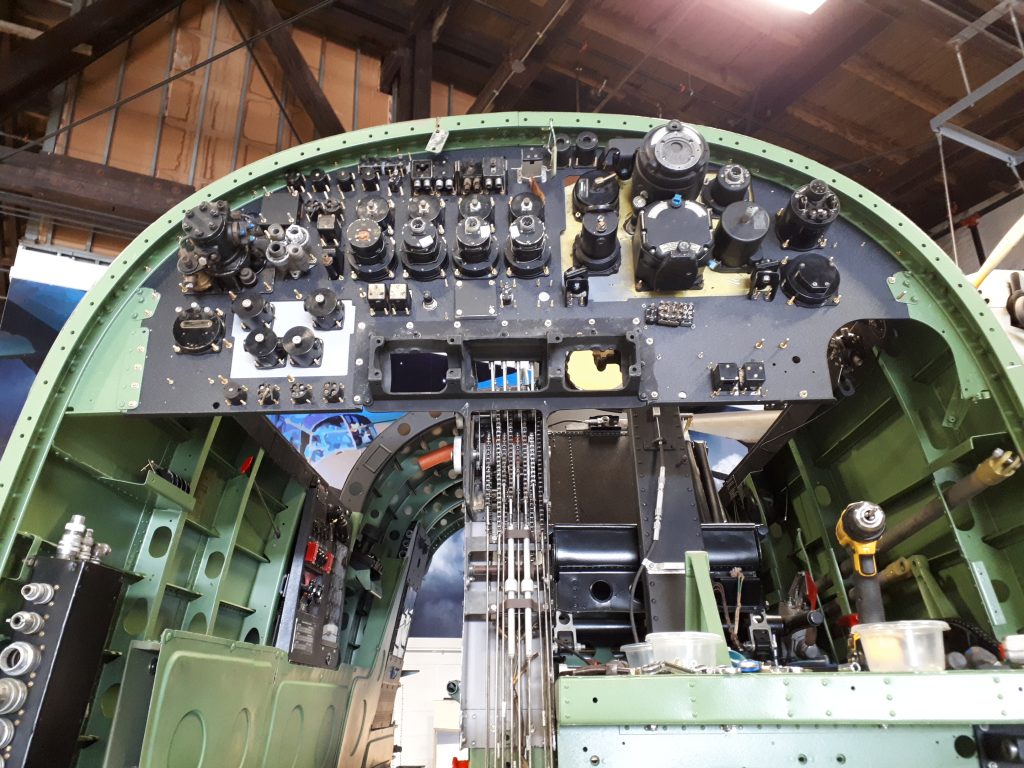
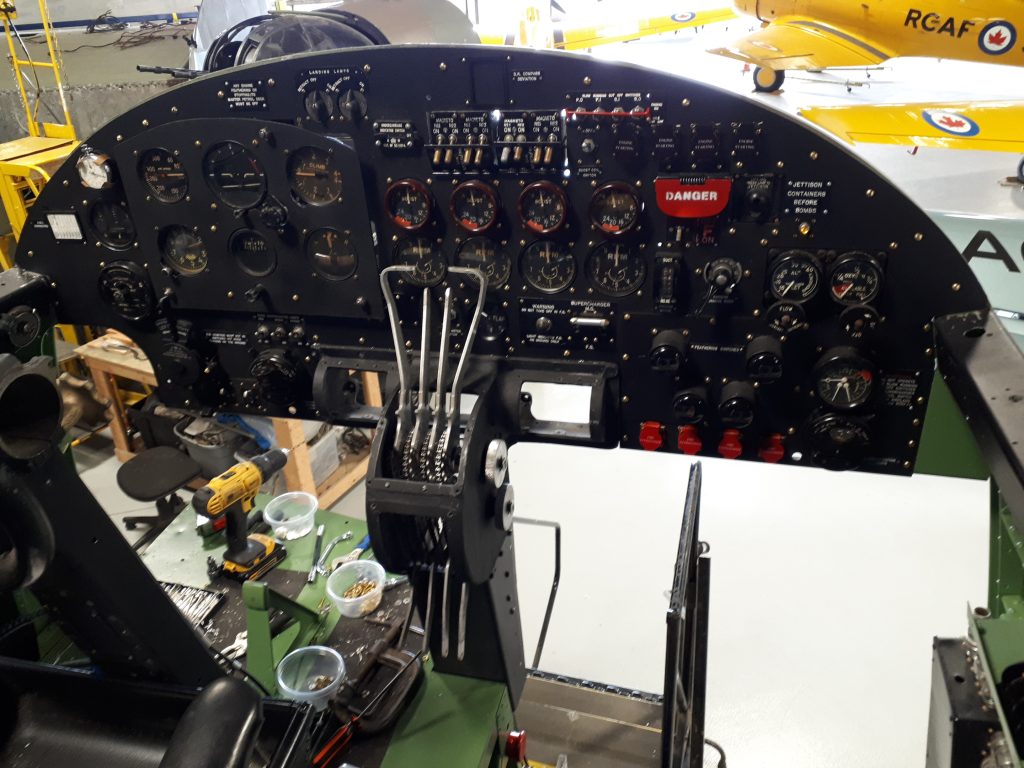 Pilot Station
Pilot Station
 On the Pedestal at Jackson Park
On the Pedestal at Jackson Park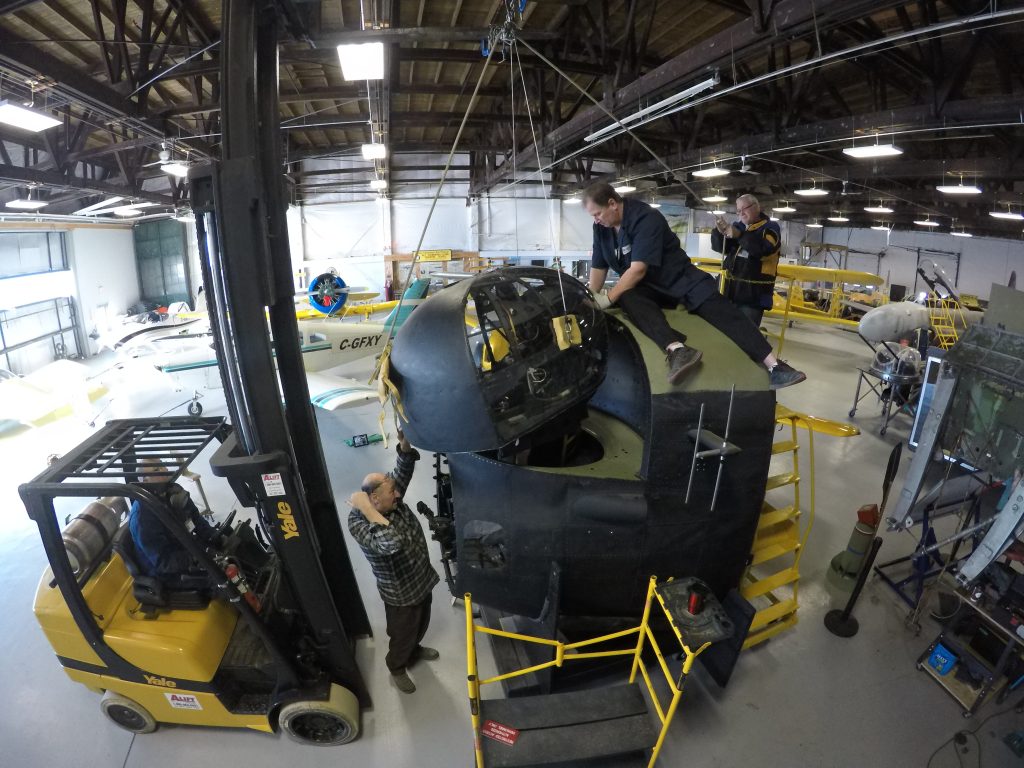

 Instrument Panel
Instrument Panel CWM FM212
CWM FM212
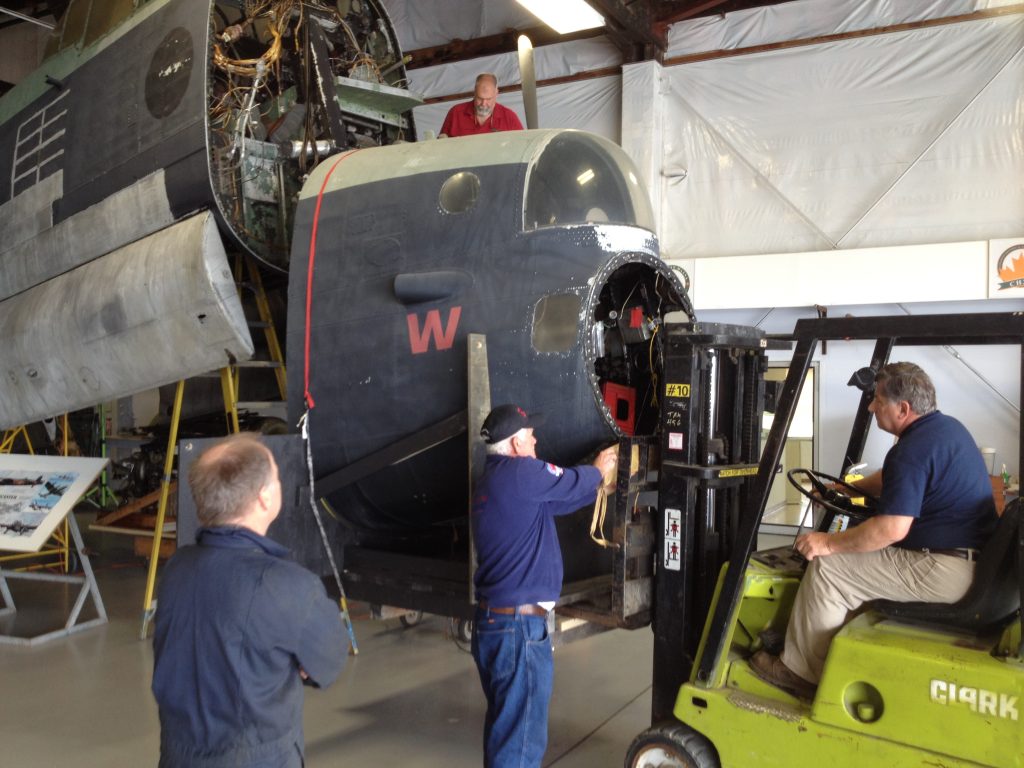


 Wings off, on wheels
Wings off, on wheels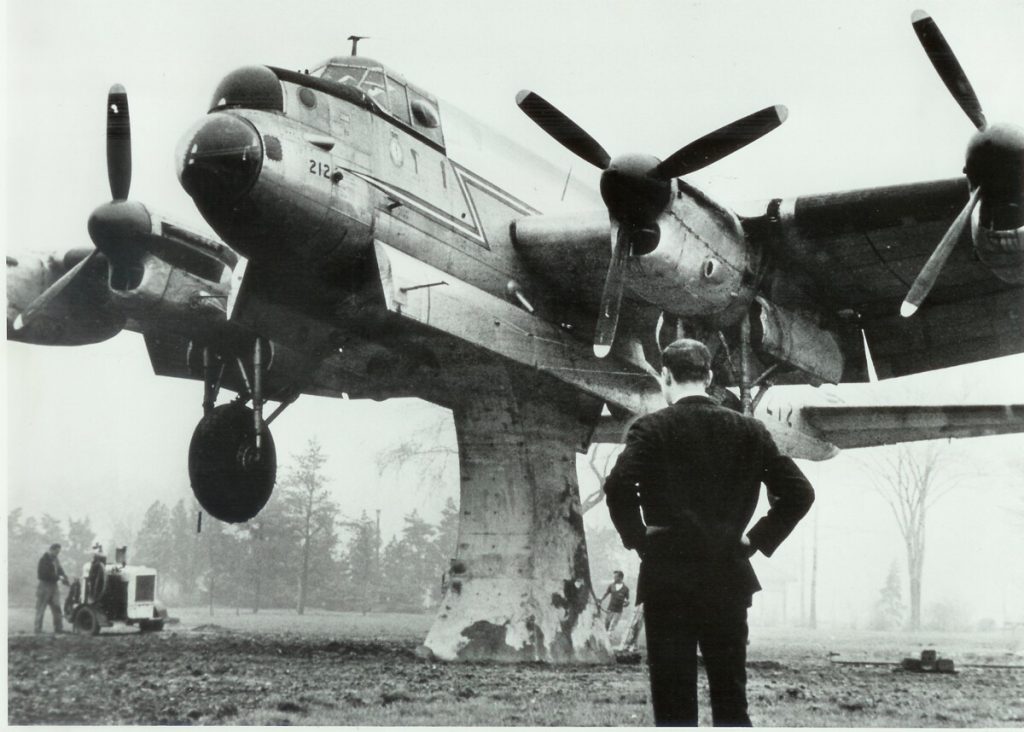 On the Pedestal
On the Pedestal
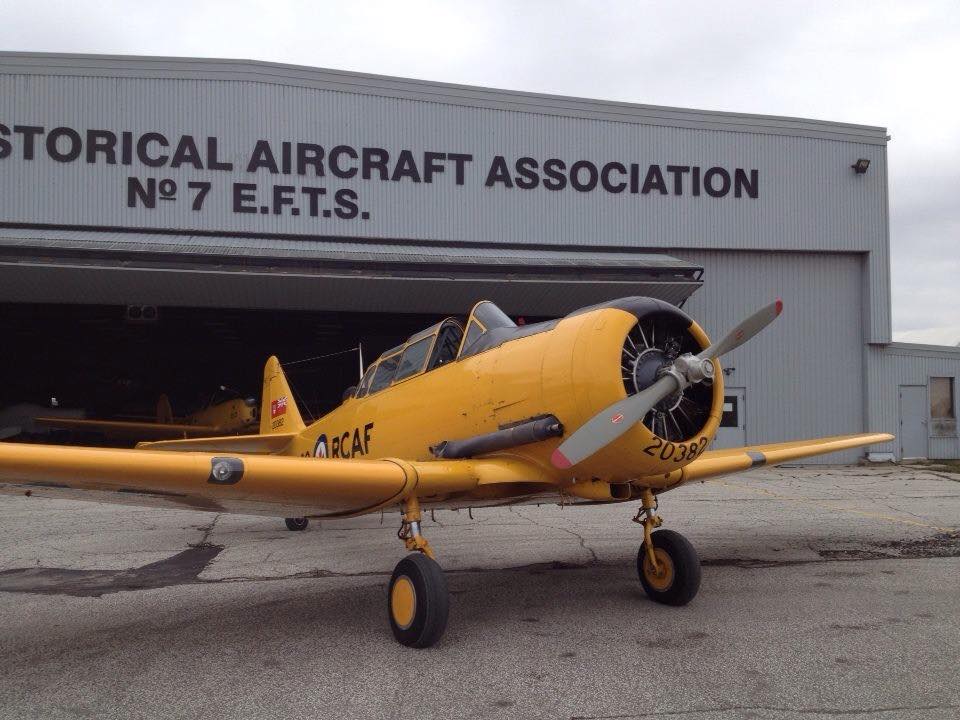
We Rely On The Skills,
Generosity & Efforts Of
Our Members To Help
Us Reach Our Goals.
Membership is what defines any
organization and the Canadian Aviation Museum is no different.
Become a member today!


